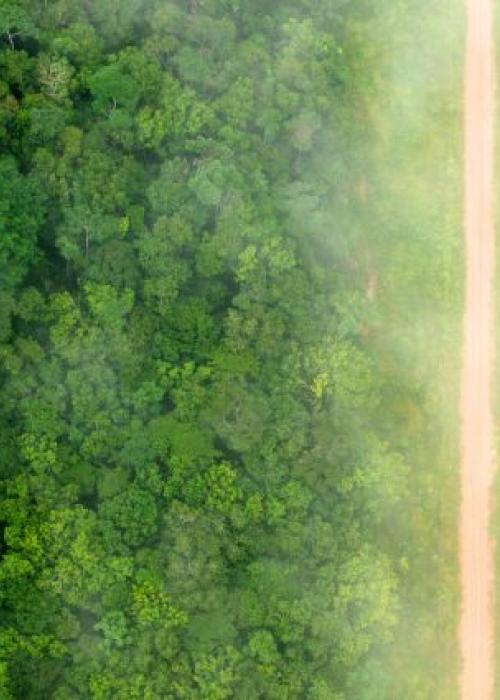
Publications
WRI is committed to producing high-quality research, including reports, working papers, issue briefs, and fact sheets. Our publications are subject to peer review, and are held to traditional "academic" standards of excellence, such as objectivity and rigor. We also ensure that all of our publications are timely, fit for audience, and rooted in a strategic plan for achieving positive change in the world.
All of our publications are available to download. You can download our material on our site here, or order hard copies of select WRI reports on our international website.